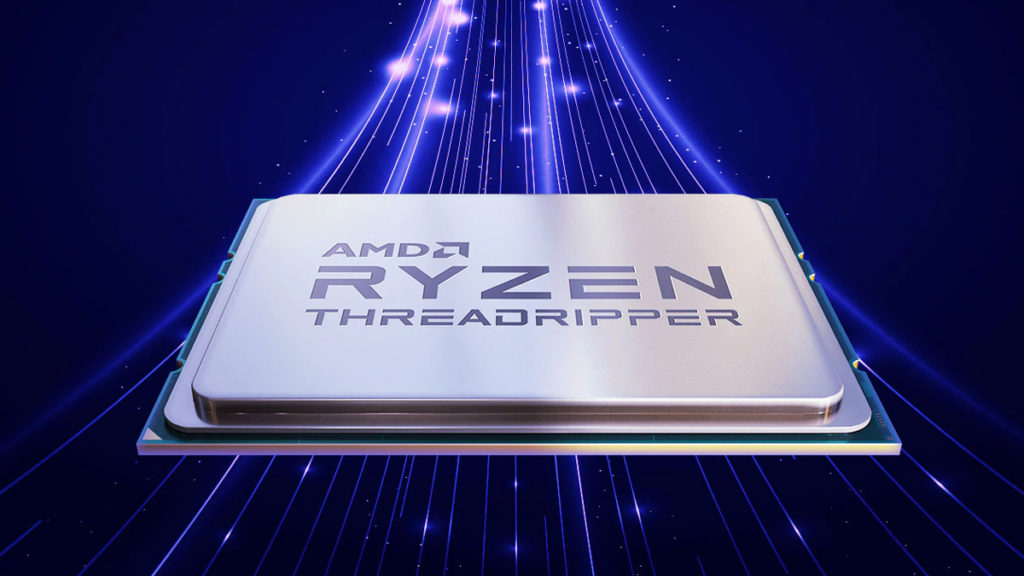Image: AMD
AMD’s current Ryzen Threadripper 3000 Series only comes in 64-, 32-, and 24-core flavors, but a 16-core SKU could be making a return for the upcoming, Zen 3-based “Genesis Peak” lineup. That’s according to DRAM Calculator for Ryzen author Yuri Bubliy (1usmus), who shared a HEX riddle that converts to an interesting line of ASCII text.
“I think some of you will want to solve this riddle,” Bubliy tweeted. “47454e4553495320313620434f524553.” Throwing that gibberish into a hexadecimal to ASCII text converter gives us the following:
HEX: 47454e4553495320313620434f524553ASCII: GENESIS 16 CORES
Specifications of what will presumably...
Continue reading...
